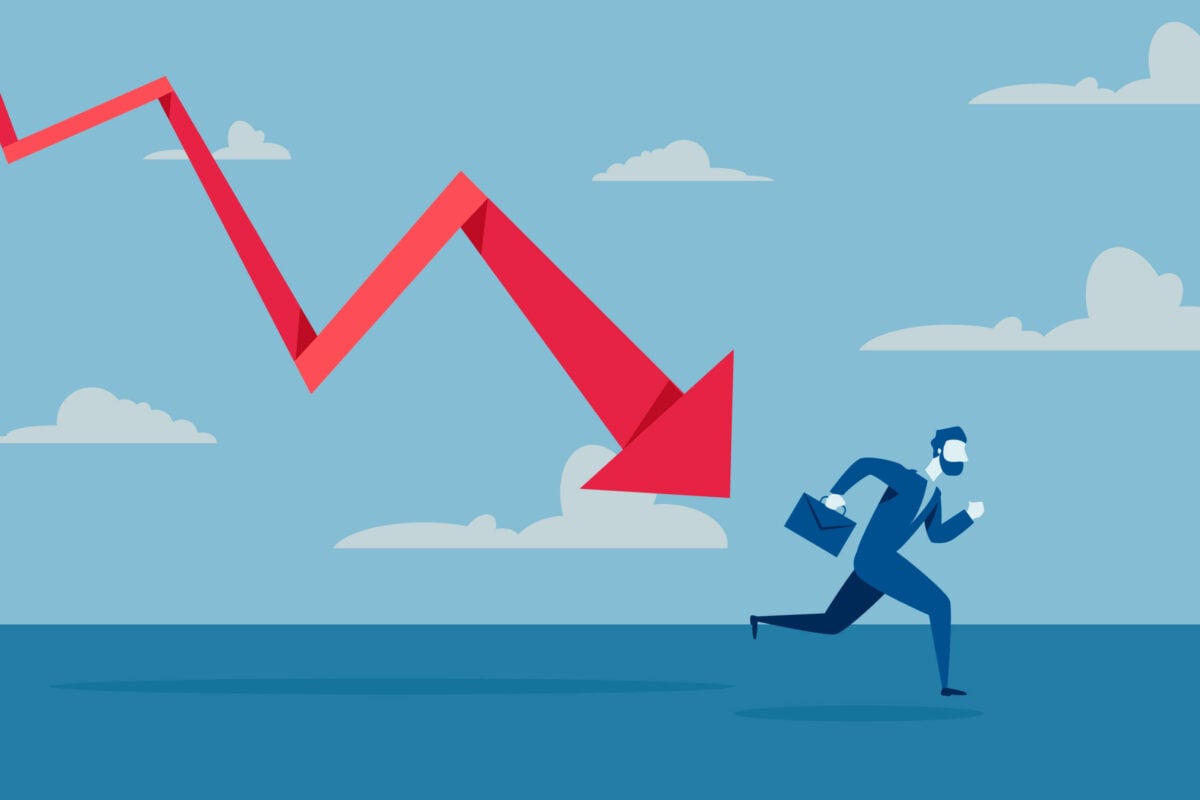Recession is defined in its simplified sense as a decline in the economic performance of a particular region, so that the GDP of that region declines, and this is represented by a decline in demand for goods, which leads to a lack of production and layoffs of employees and thus an increase in the unemployment rate. It is worth noting that the recession is a stage within the stages of the economic cycle, as the economic cycle consists of growth until reaching its highest levels, which is the “summit,” and then the decline, which is represented by “stagnation,” and if it continues, it turns into a depression, which continues until it reaches its bottom, then the economy begins to recover, and so the cycle continues, so stagnation is a stage and is not divided into stages at the level of the economy.
What are the causes of the economic recession?
Economic stagnation naturally results after the economy reaches its highest levels, but there are auxiliary factors that lead to stagnation, and the following are the most prominent of them:
- Sudden economic crisis: economic crises lead to significant financial damage that leads to recession, the most significant example of which is the reduction in the amount of oil exported by OPEC to the United States of America in the seventies of the last century.
- Debt increase: It is meant at the individual level or at the level of companies, where an increase in debt or the value of loans leads to default in their repayment and consequently a decrease in purchasing power and a decrease in demand for goods and services.
- Excessive increase in inflation: Inflation is defined as a rise in the prices of services and goods, and accordingly, central banks raise the interest rate to control it, and thus the economic movement is affected.
- Excessive deflation: Although it is the opposite of inflation, it also leads to stagnation, as the excessive decline in the price of goods and services leads to a decline in wages and thus a decline in spending.
- Technological changes: These are those that replace labor with machines, and accordingly, unemployment rates rise, which leads to a decline in demand for goods and services.

What are the stages of the economic cycle?
The economic cycle, which includes a recession, is divided into six stages, and the following is an explanation of each of them:
- Expansion: during which the economy is witnessing a recovery represented by an increase in the demand for services and goods, an increase in corporate profits, an increase in the demand for labor, in addition to an increase in wages, and accordingly, the GDP rises.
- Peak: This stage comes after growth, when the economy reaches its highest levels, but it is often evidence of a decline and the start of the next stage.
- Recession: Recession is not considered a result of the economy reaching the top, but it naturally comes after the summit, which is, as previously defined, a decline in demand for goods and services continuously and at fixed rates, and if the decline in demand is accompanied by continued production, this leads to a decrease in prices. goods and services, which in turn are reflected in the demand for labor, which leads to high unemployment rates.
- Depression: Depression is defined as a worse version of a recession, which is actually the continuation of a recession into long periods that extend over years.
- Trough: In contrast to the top, where GDP is bottoming out and demand for services and goods is bottoming out, unemployment is at an all-time high, but in a way, it’s indicative of a recovery phase.
- Recovery: It is simply the return of the economy to growth through increased demand for goods and services and the availability of job opportunities.
Read also: How Your Property Tax is Calculated ?
